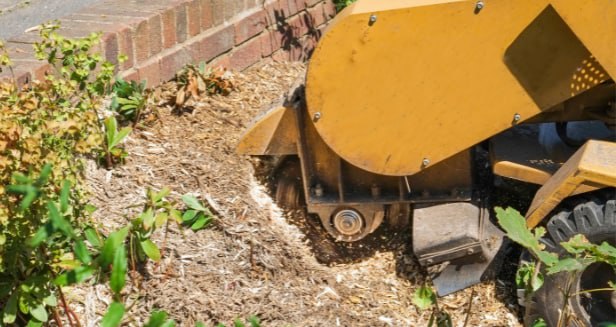
Introduction: Pruning is an essential component of tree care that enhances trees’ health and aesthetics and plays a crucial role in preparing them for sectional dismantling. Proper pruning can make the process of sectional dismantling more efficient, safe, and environmentally responsible. In this blog post, we’ll explore the significance of pruning in tree preparation for sectional dismantling and how Gillingham Tree Surgeons combines these practices to ensure the well-being of trees and the environment.
The Importance of Pruning in Tree Care:
Pruning is the selective removal of branches, twigs, or stems to improve tree structure, health, and appearance. It offers several benefits:
- Health Enhancement: Pruning promotes air circulation and sunlight penetration, reducing the risk of fungal infections and improving overall tree health.
- Structural Improvement: Proper pruning can correct structural issues, such as weak branches or imbalanced growth, posing safety hazards.
- Aesthetic Appeal: Pruning enhances the tree’s natural beauty by shaping it and removing dead or unsightly branches.
- Risk Reduction: Regular pruning can mitigate the risk of falling branches, damaging property or posing safety hazards.
The Role of Pruning in Sectional Dismantling:
Pruning is an integral part of tree preparation for sectional dismantling for the following reasons:
- Improved Access: Pruning removes excess foliage and branches, providing easier access for tree surgeons to reach the sections needing removal.
- Weight Distribution: By reducing the weight of the tree’s canopy through pruning, the overall weight of the tree becomes more manageable during sectional dismantling.
- Enhanced Safety: Pruning eliminates weak or hazardous branches that may pose a safety risk during dismantling.
- Minimised Environmental Impact: Pruning focuses on selective removal rather than felling the entire tree, resulting in less environmental disruption.
Pruning Techniques for Sectional Dismantling Preparation:
- Crown Thinning: This involves selectively removing inner branches to reduce crown density, improving light penetration and air circulation.
- Crown Raising: Lower branches are pruned to provide structures, pathways, or vehicle clearance.
- Deadwood Removal: Dead or diseased branches are removed to prevent the spread of disease and reduce the risk of falling debris.
- Structural Pruning: This technique targets correcting structural issues, such as multiple leaders or co-dominant stems, which can compromise tree stability.
How Gillingham Tree Surgeons Integrates Pruning and Sectional Dismantling:
At Gillingham Tree Surgeons, we recognise the symbiotic relationship between pruning and sectional dismantling. Our approach involves:
- Thorough Assessment: We assess the tree’s health, structure, and specific requirements to determine the most appropriate pruning techniques.
- Customised Pruning: Our skilled tree surgeons tailor the approach to address the tree’s unique needs, preparing it for safe and efficient sectional dismantling.
- Environmentally Responsible Practices: We prioritise eco-friendly practices and minimise environmental disruption during the pruning and dismantling.
Conclusion: Pruning is a vital preparatory step in ensuring the success of sectional dismantling. When performed correctly, pruning enhances tree health and safety and facilitates a smoother dismantling process with reduced environmental impact. At Gillingham Tree Surgeons, we combine our expertise in pruning and sectional dismantling to provide comprehensive tree care that prioritises the well-being of trees, safety, and environmental responsibility.
Call us on: 01634 564698
Click here to find out more about Gillingham Tree Surgeons
Click here to complete our contact form and see how we can help with your tree’s needs